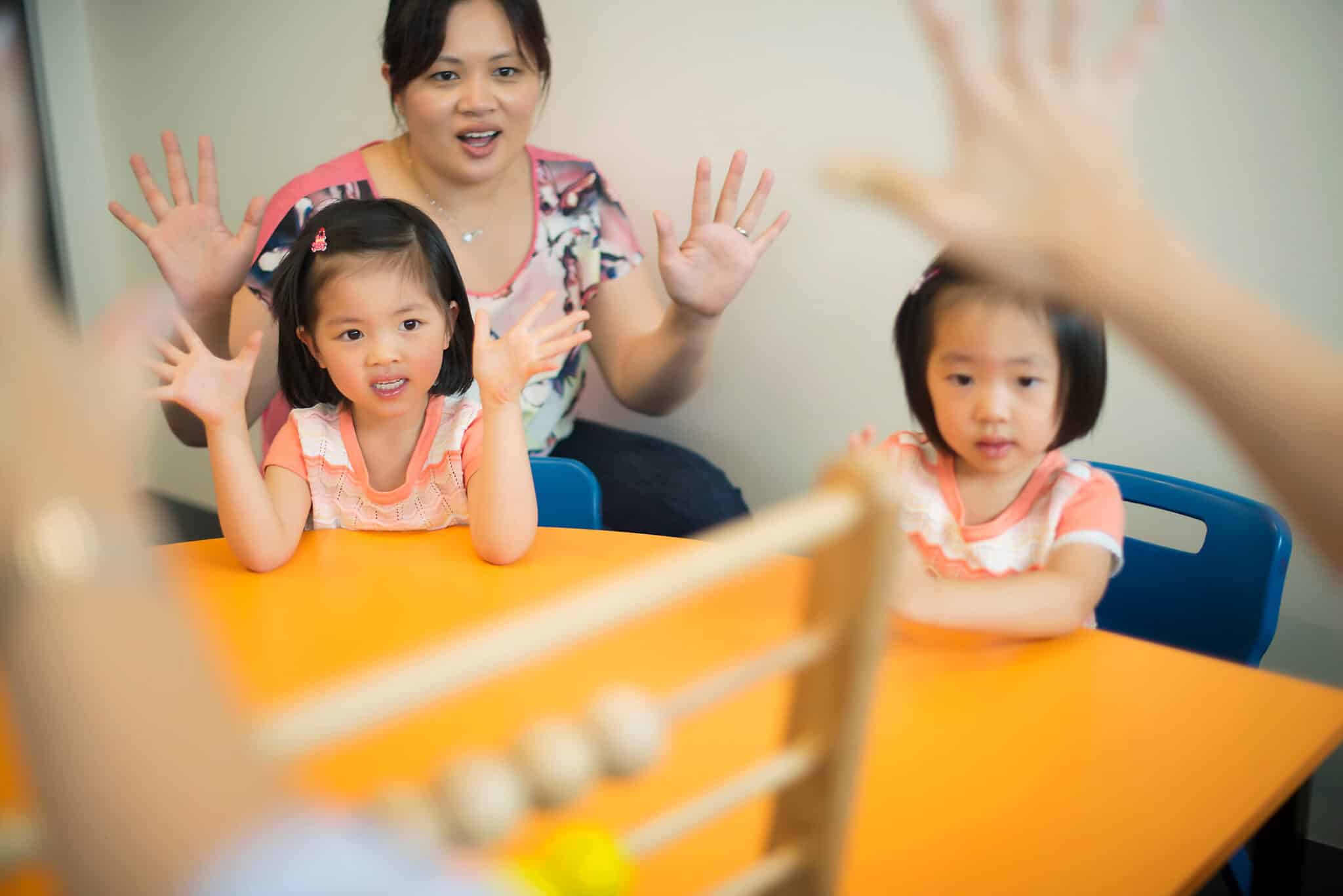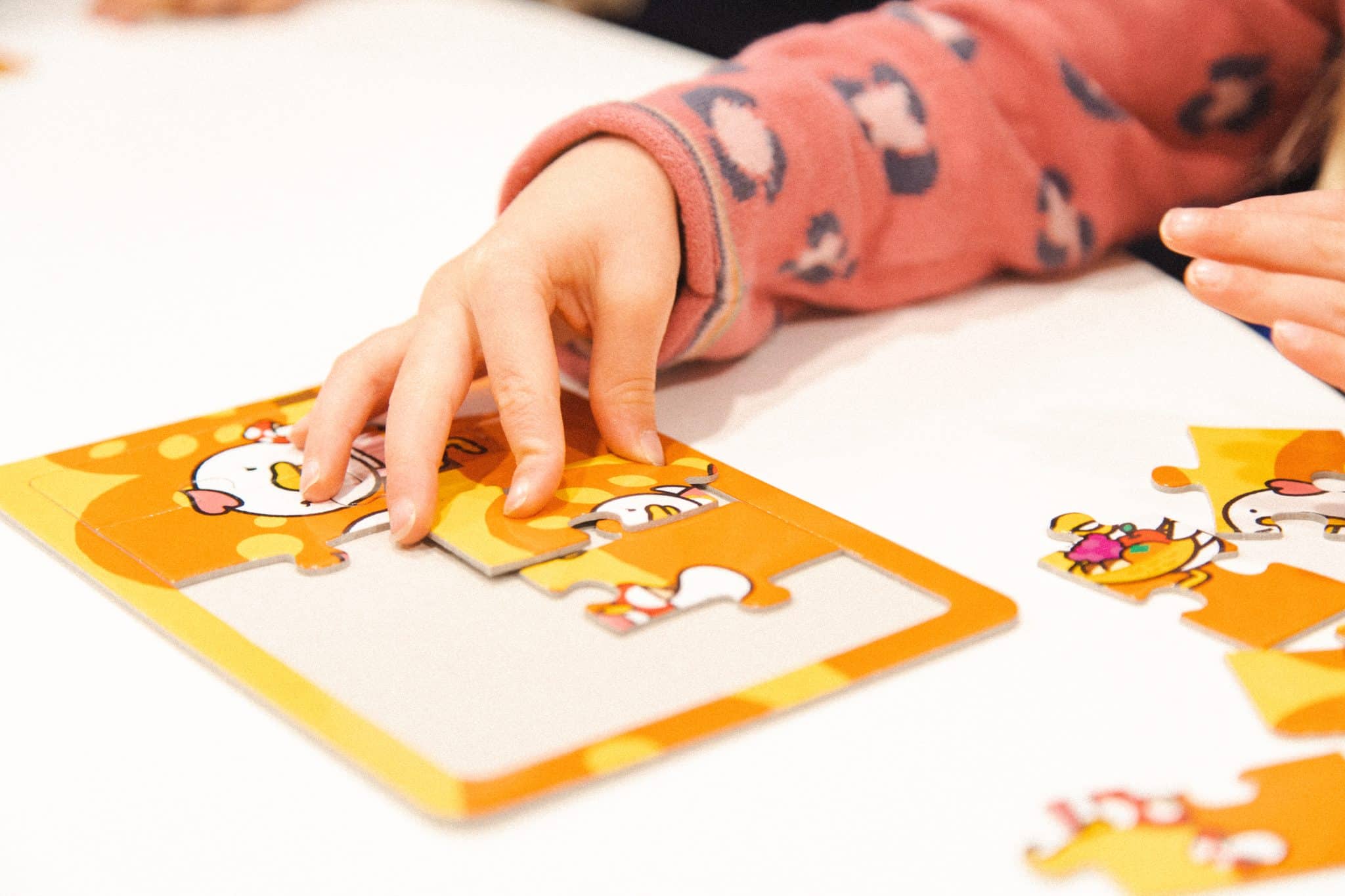
How To Say No To Kids
Finding Alternatives To Constantly Saying No To Kids
Do You Feel Like You’re Always Saying “No” to Your Child?
Table of Contents
Mastering how to say no to kids is an essential parenting skill that helps set clear boundaries while nurturing their understanding and decision-making abilities.
Children are naturally curious, often exploring everything around them with boundless energy. As parents, it’s easy to fall into the habit of constantly saying “no” to keep them safe or focused. However, when children frequently hear “no,” it can lead to frustration or even temper tantrums. But what if there were ways to say “yes” that still encourage healthy boundaries and develop their love for learning?
In many early learning environments, including our classes, we encourage parents to embrace opportunities to say “yes” to learning. While maintaining high standards and helping children improve their skills, it’s possible to guide their curiosity in a way that enriches their minds. Using positive language and gentle redirection allows children to explore new concepts in a way that leaves a lasting, positive impression on their learning journey.
Use This Phrase Often When Saying “No” to Kids
“That’s one way of seeing it. Maybe we can also look at it this way – it might give you an even better result!”
When your child makes a mistake, it’s easy to respond with, “No, that’s wrong!” However, reacting like this can sometimes close the door to communication and, over time, strain the parent-child bond. Children are still developing, and they don’t yet have the skills or experience we do as adults. Instead of focusing on what’s incorrect, recognising the positive aspects of what they’ve done can keep that connection strong while helping them learn.
By acknowledging their efforts and using it as a starting point, children will feel valued and understood. This creates a safe, trusting relationship between parent and child, where the child feels supported and more open to suggestions. The stronger this bond, the more receptive they will be to guidance, which leads to more effective learning and a sense of shared accomplishment.
Strengthening the parent-child bond through positive reinforcement also helps children develop emotional security. Building a strong bond with your child is just as important as learning how to say no to kids effectively, guiding them toward better decision-making. When children feel confident in their relationship with their parents, they’re more likely to embrace learning, take on challenges, and maintain focus – all key components in their developmental journey.

A strong parent-child bond lays the foundation for better decision-making, as children feel supported and guided by trust.
How To Say No To Kids And Avoid Confusion
A common mistake parents make when guiding children toward better decision-making is using too many open-ended or vague questions. For example, asking, “Don’t you like vegetables? Why do you always want lollies?” can confuse children rather than clarify their choices. To help children make effective decisions, it’s essential to present clear and consistent options.
Instead of using vague inquiries, try offering specific choices such as, “Do you want to eat your broccoli before the mashed potatoes, or would you prefer to have the broccoli last?” Another option could be, “Would you like to eat your broccoli and then have dessert, or skip the broccoli and miss out on dessert?”
While these choices may seem simple to adults, children benefit from clarity and need concrete options to understand their decisions fully. By presenting choices with clear consequences, you empower your child to feel in control of their actions while also helping them learn the outcomes of their decisions. This approach promotes better decision-making skills and encourages children to make wiser choices in the future.
Show Them the Thought Process Behind Your Choices
When guiding your child toward making certain decisions, it can be helpful to verbalise your own thought process. For example, if you’re craving something like chocolate, instead of mindlessly grabbing it from the fridge, you could say, “Hmm, Daddy would really like some chocolate right now, but you know what? If I eat it, I might lose my appetite for dinner. Maybe we can share an apple instead?”
This approach not only provides an alternative to saying “no” but also models how to make healthier or more constructive choices. By sharing the reasoning behind your decisions, you teach your child valuable skills like self-control, patience, and compromise. These are important life skills that will serve them well into adulthood, helping them manage urges and make thoughtful decisions in everyday situations.

Explaining your reasoning helps your child understand boundaries and develop stronger decision-making skills.
Redirect Their Focus with Enthusiasm
Children are naturally drawn to new and exciting things. When you want to shift their focus to something more positive or useful, you can use an excited tone and say, “Wow! What’s this?” Offering them something new to focus on before they get too fixated on the original object can work wonders. This technique requires quick thinking, but with practice, you’ll become more adept at it.
A great example of this happens frequently during Shichida enrichment lessons. Sometimes children are so engaged in a particular Shichida activity that they refuse to hand it back. Instead of taking it away – something we avoid unless it’s dangerous – teachers introduce the next activity with enthusiasm: “Wow, look at this fun new activity! Thank you to everyone who has passed the toy back. You’re going to love what’s next!” In many cases, the child will eagerly hand back the first activity to get involved in the new one.
Explaining to them why something wasn’t appropriate
Learning how to say no to kids involves not just setting boundaries but also explaining why certain behaviors or choices aren’t appropriate, helping them understand and grow.
Promoting empathy in children is a powerful way to help them understand the consequences of their actions. By explaining how their behavior can make others uncomfortable, sad, or even cry, we can instill a sense of empathy and consideration for others. Using clear language and consistently reinforcing the positive and negative outcomes of their actions, children can see firsthand how their behavior impacts those around them. For example, praising them for sharing a toy and explaining how it made the other child happy reinforces the positive effects of kindness. Similarly, reminding toddlers gently that speaking loudly can wake a sleeping baby and make the baby feel sad, helps children understand the importance of considering others’ feelings.
By teaching empathy, we equip children with the tools to make positive differences in the world and become compassionate decision-makers throughout their lives.


